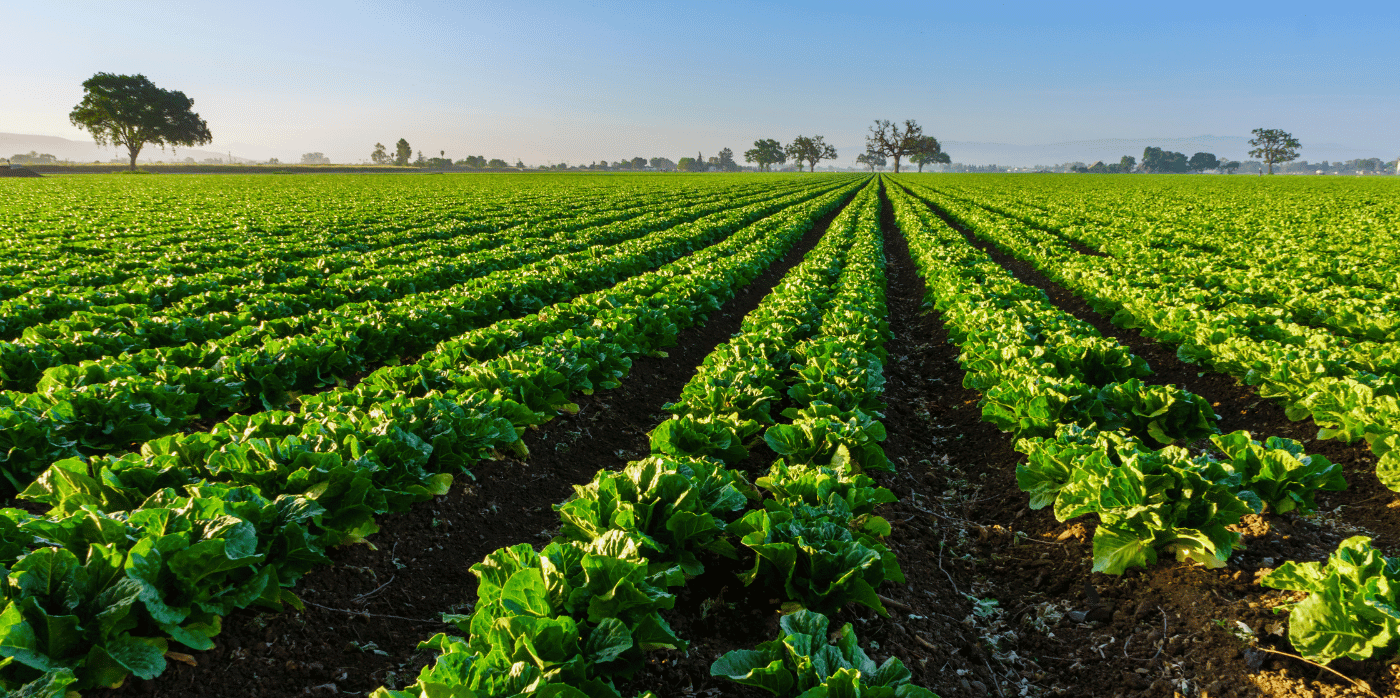
Spotted: Nitrogen oxides – or ‘NOx’ – is a collective term for a group of gassy compounds that contain nitrogen and oxygen atoms. Within this group, the most significant gases are nitric oxide (NO), nitrogen dioxide (NO2), and nitrous oxide (N2O). NO and NO2 are produced during combustion and have negative impacts for human health (NO2 in particular). Nitrous oxide meanwhile is a potent greenhouse gas, produced by agriculture and fossil fuel use, that has 273 times the global warming potential of CO2 over a 100-year period.
Now, startup Crop Intellect has developed technology that breaks down harmful NOx into nitrate – a form of nitrogen that can be absorbed by plants as feed. The product, called R-Leaf, consists of photocatalytic particles suspended in a liquid that can be sprayed onto crops using standard equipment.
Light ‘charges’ the surface of the R-Leaf particles producing negatively charged electrons and positively charged ‘holes’ – spaces in the material where an electron could be but isn’t. The electrons capture oxygen from the air to form anion superoxides, while the holes capture water molecules to form hydroxyl radicals. These, in turn, break down NOx into nitrate, water, and CO2. The nitrate is then dissolved in dew and rainwater and taken up by the plant, which uses it to create more biomass. Crucially, unlike other photocatalysts which require high-intensity light, R-leaf works with ordinary daylight.
Once applied to the leaves of crops, R-Leaf continuously supplies the plants with nitrogen in a form they can use, reducing the need for bulk spraying of synthetic nitrogen fertiliser.
The company is currently exploring the possibility of awarding carbon credits to farmers who use R-Leaf thanks to the reduction in the use of carbon-intensive fertiliser it could entail.
Other solutions aiming to reduce the impact of fertiliser include a more efficient phosphorous fertiliser, a fertiliser that delivers nutrients to plants when they are most needed, and a solution that turns methane into organic fertiliser through microbes.
Written By: Matthew Hempstead

